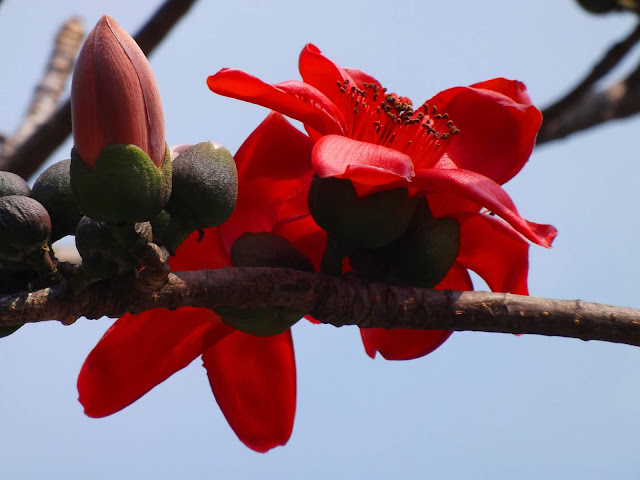Batul or Swamp willow, Shirakiopsis indica
Batul or Swamp willow (Shirakiopsis indica, family: Europhorbiaceae) is a small or medium-sized evergreen mangrove tree with profuse branches attaining a height of 8-15 m. Trunk is thorny. Bark is grey. It is mainly found in the coastal regions of Bangladesh, especially in Khulna, Bagerhat, Bhola, Chattogram and Cox's Bazar. It is also found in several countries in South and Southeast Asia.
Other names: Ormei, Hura.
Leaves are simple, lanceolate, 5-12 cm long and 3-4 cm wide, alternate, too nmuch veined, midrib clearly visible, edge regularly dented, tip ponted. Petiole 1-1.5 cm long, reddish.
Flowers are terminal, in raceme inflorescence, yellowish. Flowering season is late spring.
The juice of roots used as purgative and emetic in the treatment of rabies and insinsanity. Immature fruits are used as fish poison. Leaves are used in gonorrhoea.
Synonyms: Excoecaria diversifolia, Excoecaria indica, Sapium bingerium, Sapium diversifolium, Sapium hurmais, Sapium indicum, Shirakia indica, Stillingia diversifolia, Stillingia indica







Very nice photography & description.
ReplyDelete